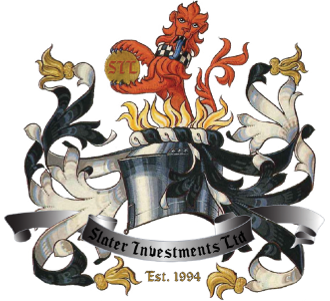At Slater Investments most of us on the Investment Committee have been waiting in our burrows while the pandemic does its worst. Commuting consists of shuffling from the bedroom to the home office each morning. Then follow a succession of video calls with companies. My personal record is five in one day – which is rather too many. Meeting people in the flesh is much easier than online, and that’s before any technical hiccups along the way. The human eye has evolved to pick up a host of signals from posture, sideways glances, hand movements etc. All of those are lost in the postage stamp world of Zoom and Teams.
Aside from being harder work, does this affect the investment process? Probably not. It should in theory force us to place even more emphasis on analysis of the numbers. The trouble is, Covid-19 has also muddied the signals. We try to look across the valley, but some valleys are broader than others. A further complication, also courtesy of Covid-19, is the forced reduction in interest rates as central banks pump cash into the system.

The cost of capital has two components: risk free interest, i.e. gilts, plus the equity risk premium.
What is the equity risk premium, aside from being, er, the other bit? Well, it should reflect the risk of companies crashing and burning. It can be inferred from the average total return of equities over extended periods versus the return from gilts. For larger companies the total return has been around 8% for quite a while. The point is that even if the risk-free rate were to go negative for a long time, the equity risk premium would cushion the fall. Still, a 2% fall in the total cost of capital does some striking things to PE ratios, particularly where companies are also growing well. This has been the driver behind the surging performance of the FAANGs (Facebook, Amazon, Apple, Netflix & Google). They really are growing fast, Zooming even, and the falling cost of capital has magnified the effect.
In the table we highlight in green the parameters that still allow the 1 year PE ratio to stay below or close to 20x. For us the problem is that a trend rate of 10% growth is bound to push the PE way above 20x. Great if we already hold plenty, as with Future, the media champ. Not so great where we try to put new money to work. Still, 10% per year over ten years is very unusual in a world of low inflation. We hold many stocks which have achieved this and many which probably will deliver it over the next ten years. But most companies simply won’t. So a share price which already assumes earnings will grow 159% over ten years, being 10% per year, is probably not a share to own. The ceiling of 20x is a pain but it keeps us real.
Important: Slater Investments Limited does not offer investment advice or make any recommendations regarding the suitability of its products. No information contained within this article should be construed as advice. Should you feel you need advice, please contact a financial adviser. Past performance is not necessarily a guide to future performance. The value of investments and the income from them may fall as well as rise and be affected by changes in exchange rates, and you may not get back the amount of your original investment.
